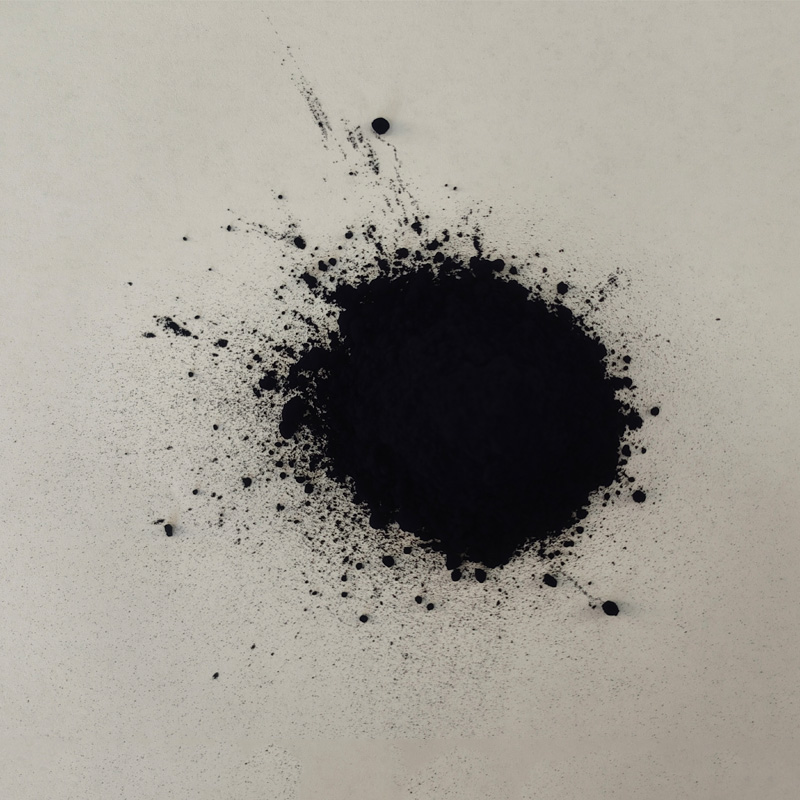Exploring the Properties and Applications of Black Sulfide in Modern Chemistry and Materials Science
The Significance and Applications of Black Sulfide
Black sulfide is a term that may not be well-known to many, but it encompasses a range of compounds that have significant relevance in various scientific and industrial fields. Composed chiefly of sulfur and one or more metals, black sulfides are characterized by their distinct dark color and unique properties. They play a vital role in environmental science, material technology, and agriculture, among other areas.
One of the most notable examples of black sulfide is lead(II) sulfide (PbS), which forms a black crystalline solid and is a key player in the electronics and semiconductor industries. PbS is utilized in the manufacture of photodetectors, infrared sensors, and certain types of solar cells due to its favorable electrical properties. Its ability to efficiently convert light into electrical signals makes it an essential component in devices that require precise detection of infrared radiation.
In the realm of environmental science, black sulfides can also serve as indicators of pollution and environmental degradation. For instance, the presence of black sulfide minerals in water bodies often signifies the occurrence of anaerobic conditions, which are a result of excessive organic waste. This situation can lead to the formation of hydrogen sulfide, a toxic compound, posing significant risks to aquatic life and, subsequently, to human health through the food chain. Thus, monitoring the levels of black sulfides in water systems helps environmental scientists assess ecosystem health and address pollution issues.
black sulfide

Moreover, black sulfides are gaining attention in the field of agriculture. Sulfide minerals, particularly those containing essential trace elements like zinc, copper, and manganese, can be beneficial for soil health. These elements are crucial for plant growth, and their presence in black sulfide forms can enhance soil fertility. Farmers are increasingly recognizing the importance of sulfide minerals in amending soils, thereby improving crop yields and sustaining agricultural productivity. Additionally, some research indicates that certain black sulfides may possess antifungal and antibacterial properties, making them valuable in managing crop diseases.
Despite their advantages, the handling and processing of black sulfide compounds require careful consideration due to potential environmental hazards. The mining of sulfide ores, for example, can lead to the release of harmful substances into the environment. The oxidation of sulfide minerals can generate acid mine drainage, a severe environmental problem that affects water quality and aquatic ecosystems. Therefore, responsible mining practices and innovative waste management techniques are crucial to mitigating these risks.
In conclusion, while black sulfides may seem like a niche topic, their implications extend across various scientific and practical domains. From their applications in electronics and agriculture to their role as environmental indicators, black sulfides demonstrate a complex interplay of benefits and challenges. As we continue to explore and improve our understanding of these compounds, it is essential to balance their utilization with a commitment to environmental sustainability and safety. The future may hold even more innovative applications for black sulfides, provided that we approach their use with a conscientious and informed perspective.
-
The Timeless Art of Denim Indigo Dye
NewsJul.01,2025
-
The Rise of Sulfur Dyed Denim
NewsJul.01,2025
-
The Rich Revival of the Best Indigo Dye
NewsJul.01,2025
-
The Enduring Strength of Sulphur Black
NewsJul.01,2025
-
The Ancient Art of Chinese Indigo Dye
NewsJul.01,2025
-
Industry Power of Indigo
NewsJul.01,2025
-
Black Sulfur is Leading the Next Wave
NewsJul.01,2025

Sulphur Black
1.Name: sulphur black; Sulfur Black; Sulphur Black 1;
2.Structure formula:
3.Molecule formula: C6H4N2O5
4.CAS No.: 1326-82-5
5.HS code: 32041911
6.Product specification:Appearance:black phosphorus flakes; black liquid

Bromo Indigo; Vat Bromo-Indigo; C.I.Vat Blue 5
1.Name: Bromo indigo; Vat bromo-indigo; C.I.Vat blue 5;
2.Structure formula:
3.Molecule formula: C16H6Br4N2O2
4.CAS No.: 2475-31-2
5.HS code: 3204151000 6.Major usage and instruction: Be mainly used to dye cotton fabrics.

Indigo Blue Vat Blue
1.Name: indigo blue,vat blue 1,
2.Structure formula:
3.Molecule formula: C16H10N2O2
4.. CAS No.: 482-89-3
5.Molecule weight: 262.62
6.HS code: 3204151000
7.Major usage and instruction: Be mainly used to dye cotton fabrics.

